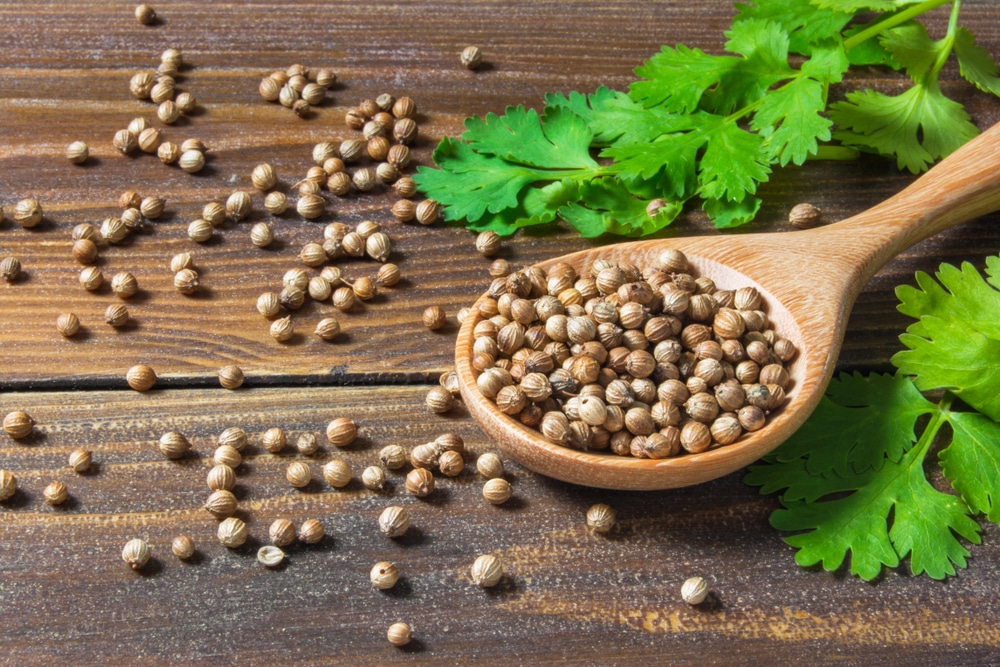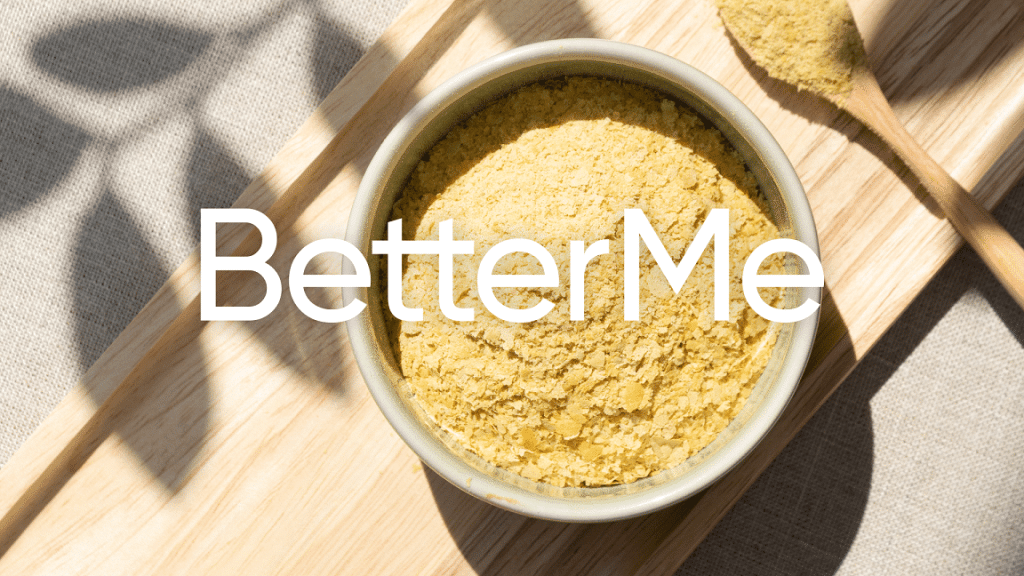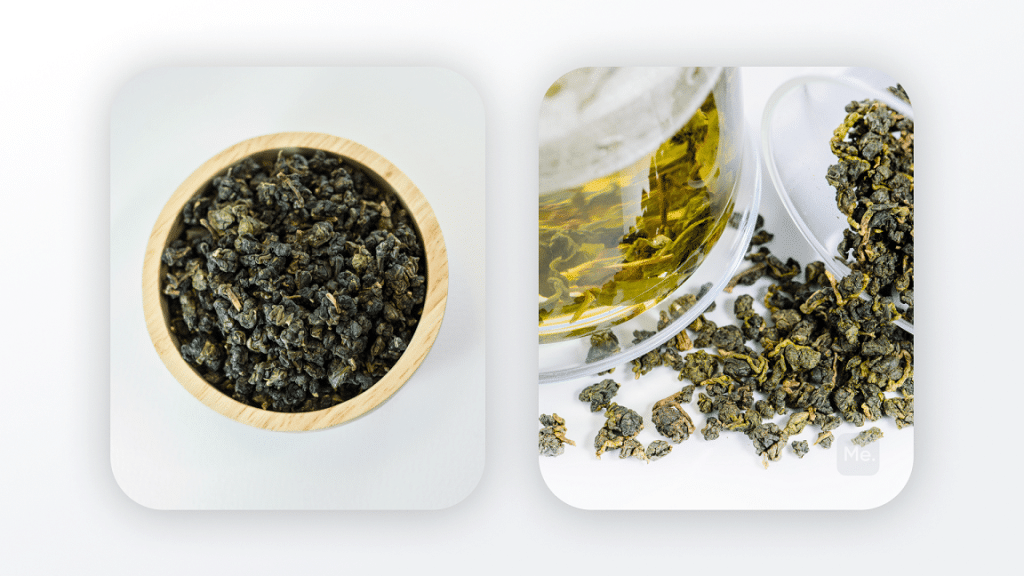According to Bon Appetite and MasterClass, cumin and coriander are among the top ten essential cooking spices that everyone should have in their kitchen cabinets. A lot of recipes you come across on the internet will often call for cumin or coriander as not only do they go with almost all dishes, but also they help to elevate the taste of any meal that you choose to make.
Despite their popularity, however, some people, especially new cooks or those learning to use more spices/flavorings in their food may be stumped trying to figure out cumin vs coriander similarities and differences. If you fall into either group, or would simply like an in depth look at these two seasonings, then this article is for you.
Read on to find out the difference between cumin and coriander, if these two spices come from the same plant, why they pair so well together, delicious chicken recipes with both cumin and coriander to try tonight, and much more.
Get your personalized
meal plan!
Is Coriander The Same As Cumin?
No, it is not.
While they both add a lemony warmth to any dish they are added to, coriander and cumin are not the same. They are both distinct flavorings in their own right.
What Is The Difference Between Cumin And Coriander?
To better understand how these two spices differ from each other, it is best to take a better look at them individually.
What Is Coriander?
Also known as cilantro in most parts of the world, coriander is one of the few plants in the world that can be considered as both a herb and spice. Coriander is part of the Apiaceae plant family which boasts to have most of the world’s aromatic herbs with alternate feather-divided leaves.
Aside from coriander, common plants that are used in cooking include parsley, celery, dill, fennel, caraway, celery, anise and parsnips, among many others. While today this herb is grown and used in dishes all over the world, it is originally native to the Mediterranean and Middle Eastern parts of the world.
According to an article by the University of Iowa, records of this plant being grown as a spice were first recorded in the Anatolian region of present-day Turkey before spreading out to the Levant regions (aka modern day Israel, Jordan, Lebanon, Syria, and certain adjacent areas), Egypt, Armenia, southeastern Europe, and southern Russia (6).
In terms of physical description, the coriander plant is pretty short. It only grows up to 2.5 inches (60mm) high, with fragrant bipinnate leaves – leaflets themselves divided into smaller leaflets. Once the plant flowers, it can produce an umbel cluster of either pink or whitish flowers (5).
These flowers are what later transforms into the small fruit/seed that we see sold at grocery stores or at the farmers market. In cooking, all parts of this herb can be used to flavor food – including the roots. Coriander roots are often used in Thai and Indian cuisines to make chutney, curry pastes and dips.
Read More: Fennel Oil Benefits, Uses, And Side Effects
Fun trivia facts about cilantro
- While many people eat cilantro and like its smell, a small part of the population can absolutely not stand it. These people often describe the taste and smell to resemble either soap or menthol. This is due to a genetic disposition.
- Anyone who tastes soap when they eat this spice is said to have a variation in a group of olfactory-receptor genes that allows them to strongly perceive the soapy-flavored aldehydes in cilantro leaves (11).
- According to an article in Yakushigaku Zasshi aka The Journal of Japanese History of Pharmacy, the fresh smell of coriander leaves comes from a mixture of essential oils naturally found in this plant, including d-linalool or coriandrol (1).
What Is Cumin?
Scientifically known as Cuminum cyminum, cumin – like coriander – is part of the Apiaceae (parsely) family. Although native to the Mediterranean regions of Africa, Asia and Europe, this spice is mostly cultivated in India, China and Mexico.
The cumin plant is herbaceous, small and slender and has finely dissected leaves. Once it starts to flower, the plant produces either white or rose coloured umbel clusters with a characteristic flat top.
These flowers later transform into thin yellowish brown elongated oval cumin seeds that we know, love and use in multiple recipes.
The use of cumin in cooking is mostly found in Asian, North African, and Latin American cuisines. Aside from being used whole or as a powder in dishes like chutneys and chili, cumin is usually the main ingredient in many spice mixes and curry powders (7).
Lean and toned up body isn’t just a far-fetched fantasy. Check out the BetterMe app and watch it propel your weight loss journey into high gear!
Historical trivia facts about cumin (9)
- This spice has been popular for centuries with its use seen in the world’s oldest recipe collection which dates back to about 1750 BC.
- In many parts of the Middle East, cumin is served as a table condiment – a tradition thought to have originated in the 9th century BC due to the Assyrian king Ashurnasirpal II.
- In 13th century England, cumin was highly valued and was used to pay rent.
- In America, the Spanish settlers were the first to plant cumin in the continent.
Cumin Seed vs Coriander Seed: Simple Tips To Tell These Two Apart
The following table points out how to easily tell these seeds apart
| Cumin | Coriander | |
|---|---|---|
| Shape | Long and narrow. They almost resemble a tiny, pointed grain of rice. | Nearly spherical/globular. Coriander seeds are slightly pointed on one end and have a tiny nub where they attached to the stem of their plant on the other end |
| Seed Color | Yellowish brown with lighter stripes running down them | Very light brown - some people say they look more yellow than brown |
| Taste | Smokey nutty flavor with a slight hint of bitter citrus (zesty, savory and pungent) | Light, bright flavor that’s both citrusy and floral. Often described as a peppery lemon flavor |
| Powder Color | Dark brown | Light yellowish color |
| Uses | Better suited for savory dishes and meats | Best for desserts especially sweet pastries |
FAQs
Do Cumin And Coriander Come From The Same Plant?
No, they do not. Cumin and coriander come from the same plant family Apiaceae aka the parsley family, but each plant is different.
This Apiaceae family has about 3780 other plant species including leaf and root vegetables, herbs and spices, as well as garden ornamentals such as carrots, celery, parsley, caraway, sea holly and masterwort (2).
The cumin plant is the cuminum cyminum while coriander plant is the coriandrum sativum.
Read More: Cumin Vs Turmeric: What’s The Difference?
Can I Substitute Cumin For Coriander?
Yes, you can. Aside from coriander, other substitutes for cumin include
- Caraway seeds
- Chili powder
- Curry powder
- Taco seasoning
- Garam masala
- Paprika
- Fennel seeds
If a recipe calls for coriander and you don’t have it, you can very well use cumin or any of the above mentioned spices, especially if the recipe requires coriander powder. However, if the recipe calls for fresh coriander/cilantro (aka the leaves), the best substitute would be either Thai basil, dill, parsley, tarragon, or a mixture of all these.
Cumin vs Coriander Powder: Which Is Best In A Recipe?
Both powders work great as substitutes for each other so you can easily use either in a recipe.
How To Make Cumin Coriander and Fennel Tea
Cumin, coriander and fennel is an Ayurvedic drink that is said to aid digestion and reduce bloating. This tea can also help relieve period cramps in women. Studies have shown that both fennel and cumin these spices can help reduce period pain and other symptoms like cold sweats, backache, and fatigue (8, 3).
Ingredients
- ½ tsp whole dried fennel seeds
- ½ tsp whole dried coriander seeds
- ¼ to ½ tsp whole dried cumin seeds
- 3 cups of water
Directions
- Start by grinding the seeds – place the fennel, coriander and cumin seeds in a coffee grinder or use a mortar and pestle to create a fine powder.
- Place this powder and the water in a small saucepan and bring to a boil.
- Reduce the heat and simmer for 5 minutes until fragrant then remove from heat.
- Optional – Add some cinnamon and ginger for extra flavor and stir.
- Strain the mixture using a fine metal strainer and serve immediately. Add honey to improve the flavor or just drink as is.
Cumin and Coriander Chicken
Both cumin and coriander pair incredibly well in chicken dishes. Here are two recipes to try today
Spicy Pan-Cooked Chicken Thighs
If you love very spicy foods, this is the recipe for you
Ingredients
- ½ ounce dried ancho chiles
- 1 tsp coriander seeds
- 1 tsp cumin seeds
- ¾ tsp fennel seeds
- ¾ tsp whole black peppercorns
- 1 ½ tbsp grated lime zest
- ¼ tsp salt
- 1 pound boneless, skinless chicken thighs
- 2 tbsp extra-virgin olive oil
Directions
- Start by stemming, seeding and chopping the chiles.
- Transfer the peppers to a large cast-iron skillet with coriander, cumin, fennel seeds and peppercorns and cook over medium-high heat. Be sure to keep shaking the skillet occasionally to prevent burning. This should take about 4 minutes
- Once properly toasted, transfer everything to a spice grinder or mortar and pestle. Add lime zest and salt, then grind into a coarse powder.
- Rub the spice mixture on the chicken.
- Heat oil in the pan over medium-high heat. Once hot, add the chicken and let it cook.
- Flip the chicken once, until an instant-read thermometer inserted in the thickest part registers 165°F. This should take about 8 minutes.
Serve on a bed or rice/quinoa and a salad on the side. This makes 4 chicken servings (10).
Calories for 1 serving: 212. Fats: 12 g. Protein: 23 g. Carbs: 2 g
Spicy-Herby India Chicken
Instead of ordering from your favorite indian restaurant, try making this recipe at home instead. It might take longer, but it is certainly worth it
Ingredients
- ½ tsp ground cardamom
- ½ tsp ground cloves
- ½ tsp ground black pepper
- 3 tbsp ground coriander
- 1 cinnamon stick (1 to 2 inches), broken into pieces, or 1 tsp ground cinnamon
- ½ tsp anise seeds
- 1 tsp ground cumin
- ½ tsp ground nutmeg
- ½ tsp ground turmeric
- ½ tsp salt
- 2 tbsp vegetable oil
- 3 large onions, cut into large chunks
- 9 to 12 boneless, skinless chicken thighs
- 3 tomatoes, peeled and roughly chopped
- 4 to 5 curry leaves
- 2 tbsp white vinegar
- 1 piece fresh ginger (2 inches)
- 4 to 5 garlic cloves
- 1 cup chopped cilantro leaves
- ½ cup chopped mint leaves, chopped
- 2 to 3 serrano or other small fresh green chiles (stemmed, seeded and minced)
Directions
- Mix all your ground spices in a small bowl.
- In a larger bowl, place the chicken pieces, pour the ground spice mixture on them and rub the mixture thoroughly on the chicken. Cover the bowl and transfer it to the fridge to marinate. Let the chicken marinade for at least 2 hours – or overnight for better results.
- In a large Dutch oven over medium heat, heat your oil and then add the onions and saute.
- Add the chicken and allow to saute for 1 minute before adding the tomatoes, curry leaves, vinegar and ½ cup water. Stir then cover and let it boil.
- Once boiling, reduce the heat, and allow to simmer and cook until the chicken is soft and cooked through. This should take about 20 minutes.
- In a food processor (or blender), blend the ginger, garlic, cilantro, mint and 2 of the chiles. Taste and add more chiles if desired.
- Stir the blended mixture into the chicken and simmer for another 5 minutes.
- Remove from the heat and serve.
This chicken recipe makes 8 servings and goes well with rice (4).
Calories for 1 serving: 293. Fats: 11 g. Protein: 36 g. Carbs: 12 g
The Bottom Line
The cumin vs coriander debate may come from the simple fact that these two spices are usually used interchangeably in recipes and come from the same plant family. However, it is important to note that while they may have similarities, these are two very distinct herbs. Hopefully, this information helps you out the next time you are trying to find the perfect spice for your meal.
DISCLAIMER:
This article is intended for general informational purposes only and does not serve to address individual circumstances. It is not a substitute for professional advice or help and should not be relied on for making any kind of decision-making. Any action taken as a direct or indirect result of the information in this article is entirely at your own risk and is your sole responsibility.
BetterMe, its content staff, and its medical advisors accept no responsibility for inaccuracies, errors, misstatements, inconsistencies, or omissions and specifically disclaim any liability, loss or risk, personal, professional or otherwise, which may be incurred as a consequence, directly or indirectly, of the use and/or application of any content.
You should always seek the advice of your physician or other qualified health provider with any questions you may have regarding a medical condition or your specific situation. Never disregard professional medical advice or delay seeking it because of BetterMe content. If you suspect or think you may have a medical emergency, call your doctor.
SOURCES:
- [The coriander story] (2001, pubmed.ncbi.nlm.nih.gov)
- Apiaceae (2022, britannica.com)
- Clinical trial for the management dysmenorrhea using selected spices (2019, pubmed.ncbi.nlm.nih.gov)
- Cochin Coriander-Cumin Chicken for Passover (n.d., cooking.nytimes.com)
- Coriander (2023, britannica.com)
- Coriander and Cilantro (n.d., iwp.uiowa.edu)
- Cumin (2023, britannica.com)
- Effect of fennel on pain intensity in dysmenorrhoea: A placebo-controlled trial (2012, ncbi.nlm.nih.gov)
- From Ancient Sumeria To Chipotle Tacos, Cumin Has Spiced Up The World (2015, npr.org)
- Spicy Coriander-Cumin Chicken Thighs (2022, eatingwell.com)
- Why Does Cilantro Taste Like Soap to Some People? (n.d., britannica.com)











